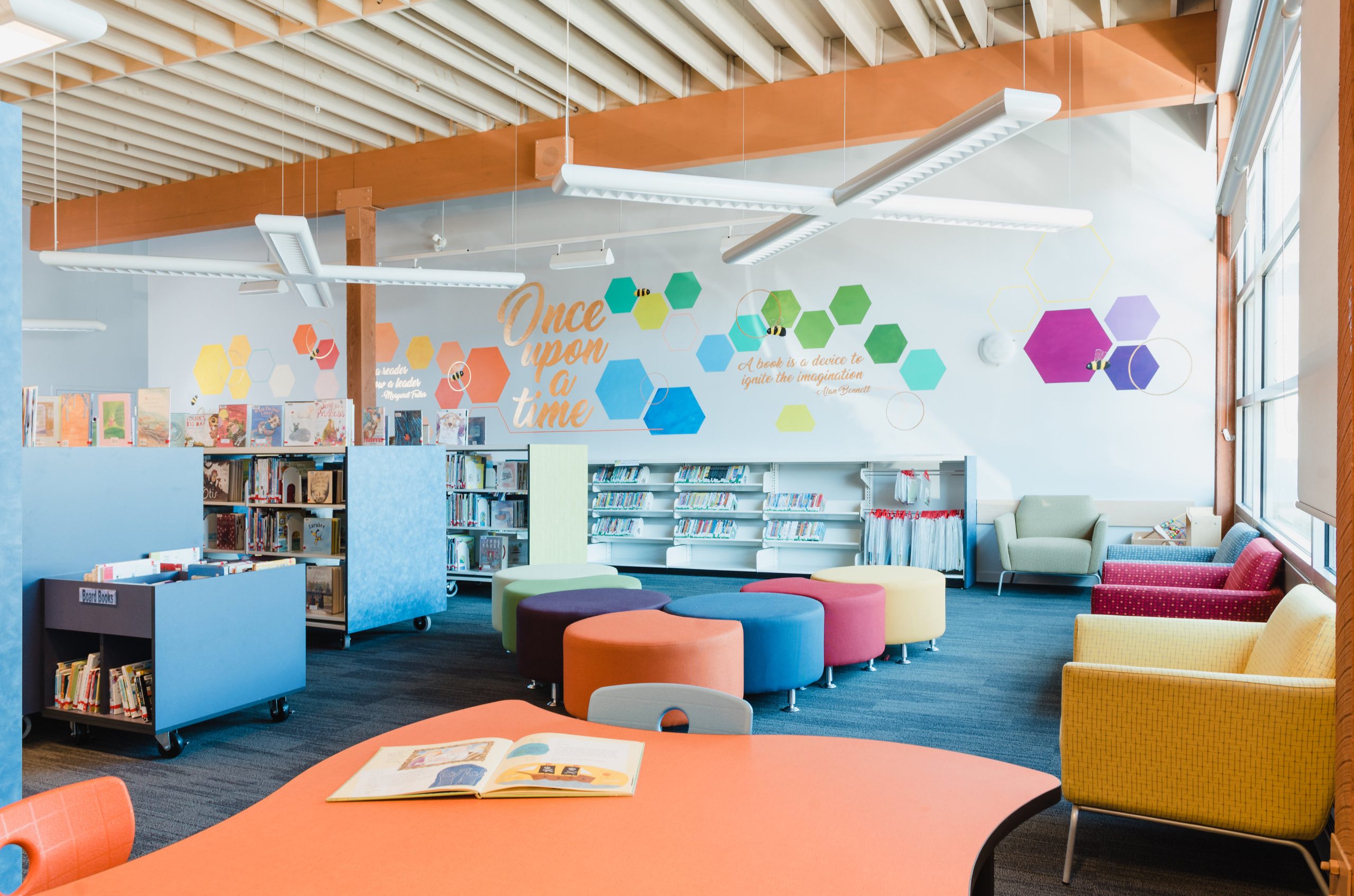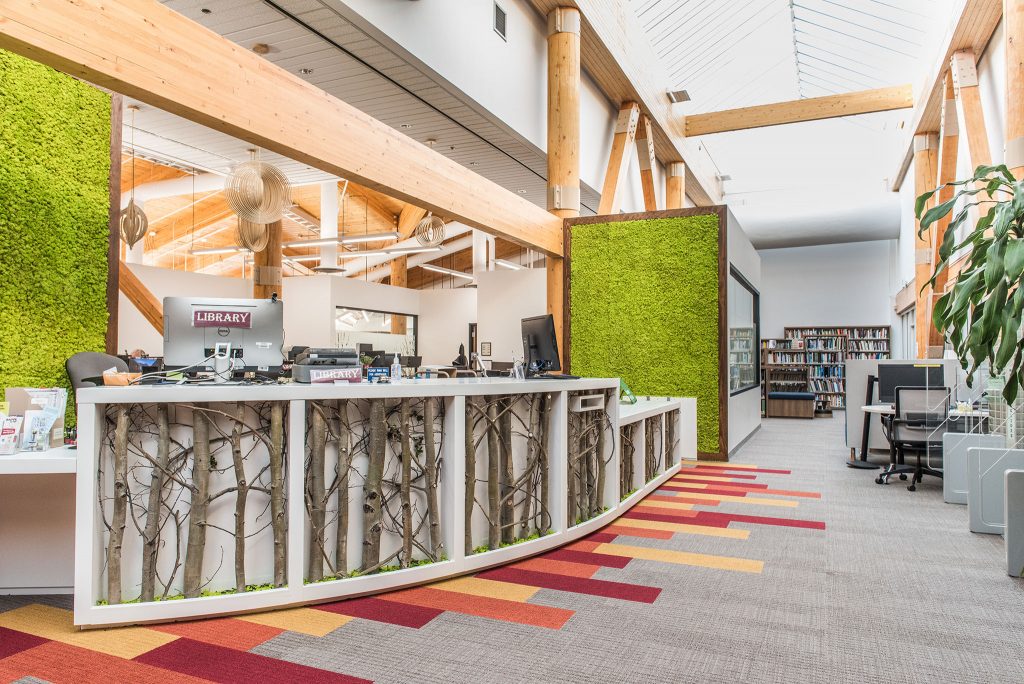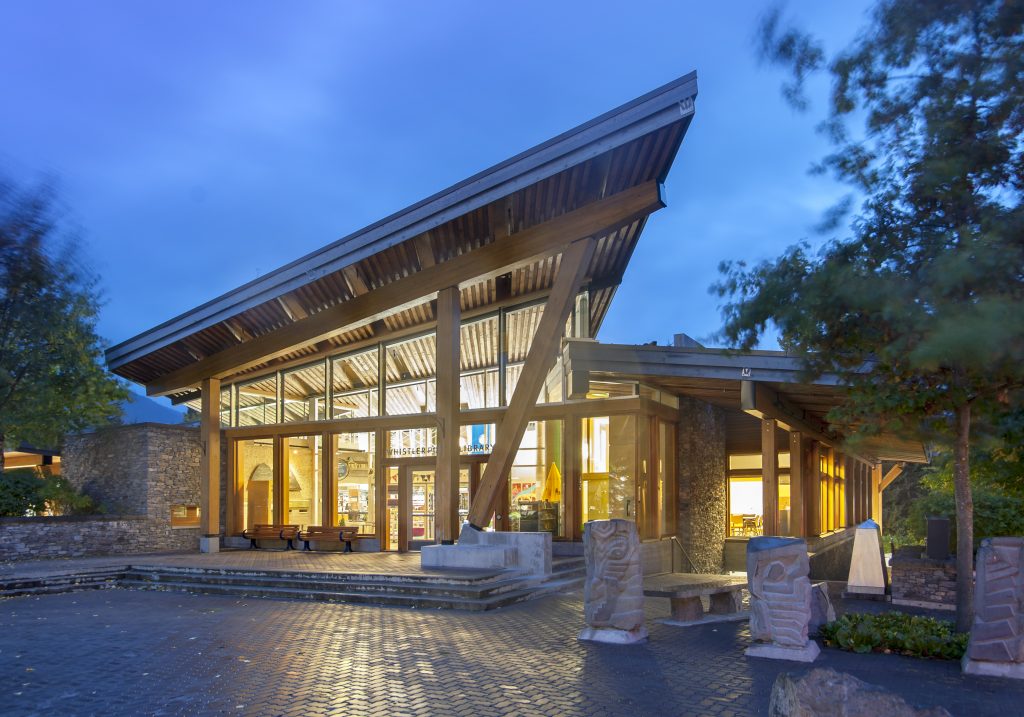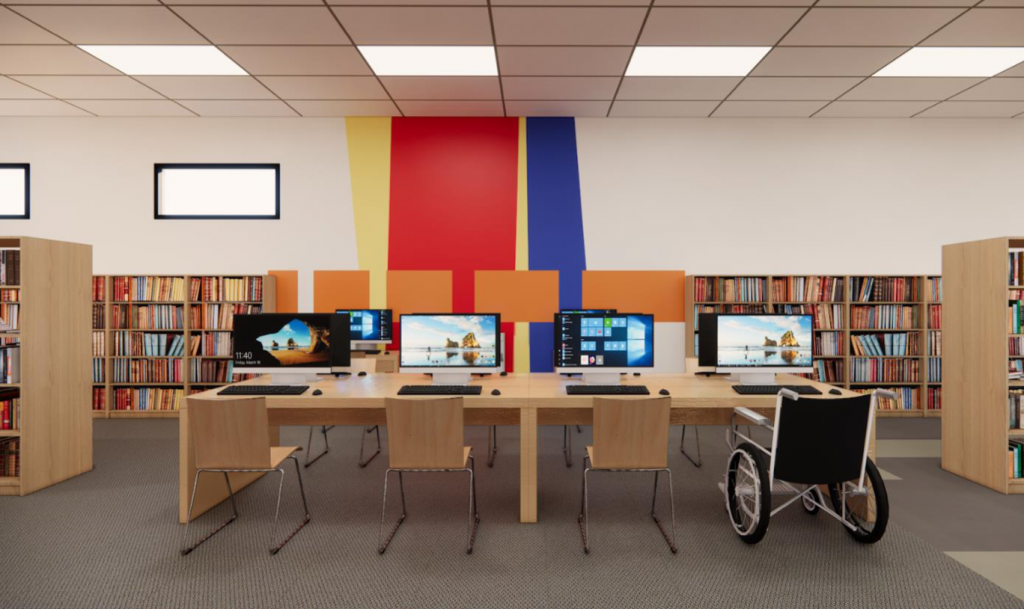
06 May From Concept to Reality: The Journey of Designing a Community-Centered Library
As society continues to evolve, the role of libraries is also changing. No longer are they simply places for quiet reading and book borrowing – they have transformed into community centers that offer a wide range of resources and services. But how did we get here? How do libraries go from concept to reality in serving the needs of their communities? Here, we will explore the journey of designing a community-centered library.
Understanding the Community
The first step in designing a community-centered library is to understand the needs and wants of the community it will serve. This requires conducting thorough research and engaging with members of the community. Libraries must go beyond traditional methods of gathering information, such as surveys and focus groups, and instead immerse themselves in the community to truly understand its unique needs.
This can be done through initiatives like community forums, where members of the community are invited to share their thoughts and ideas on what they would like to see in their library. Libraries can also partner with local organizations and hold outreach events at community centers or schools to gather feedback.
But understanding the community goes beyond just their immediate needs. It also involves taking into consideration any cultural, social, and economic factors that may impact access to library resources. By fully understanding the community, libraries can ensure that their services are inclusive and accessible to all.

Creating a Vision
Once there is a thorough understanding of the community, it’s time to create a vision for the library. This involves setting goals and objectives that align with the needs of the community. A strong vision will guide the entire design process and serve as a framework for decision-making.
In creating this vision, libraries must consider the unique characteristics of their community – its demographics, cultural background, economic status, etc. This will help in determining what services and resources will best benefit the community. For example, a library located in a low-income area may prioritize offering free access to technology resources and providing career development programs.

Collaborating with Architects and Designers
A community-centered library design requires collaboration between architects, designers, and library staff. Architects play a crucial role in creating functional spaces that meet the needs of both library patrons and staff. They must consider factors like natural light, layout, and accessibility to create a welcoming and comfortable environment.
As designers, we bring in the aesthetic aspect of the library and help create a space that reflects the community’s identity and values. We work closely with library staff to understand their vision and incorporate it into the design. Together, architects and designers can transform a blank canvas into a vibrant and inviting community-centered library.
Prioritizing Accessibility
One of the key elements in designing a community library is accessibility. Libraries should aim to make their services and resources available to everyone, regardless of their physical or cognitive abilities. This involves creating a space that is physically accessible, with features like ramps, elevators, and wide aisles for wheelchair users.
In addition to physical accessibility, libraries must also consider digital accessibility. In today’s increasingly digital world, it’s crucial for libraries to provide accessible technology and online resources for individuals with disabilities.
Moreover, libraries should strive for cultural and linguistic accessibility by offering materials and services in multiple languages, reflecting the diversity of their community.
Incorporating Community Feedback
As the design process progresses, it’s essential to continue incorporating community feedback. This helps ensure that the library remains responsive to its patrons’ needs and wants. Libraries can do this through ongoing community engagement initiatives, such as focus groups, surveys, and open forums.
By involving the community throughout the process, libraries also foster a sense of ownership and pride in their new library. When members of the community feel invested in the library’s design, they are more likely to utilize its resources and help it thrive.

Embracing Technology
Nowadays and more than ever, technology plays a significant role in shaping the modern library. From providing access to e-books and online databases to offering computer and internet services, libraries must embrace technology to cater to their community’s needs. This also includes incorporating innovative design elements, such as interactive screens and self-checkout kiosks, to enhance the user experience.
Moreover, technology can also be used to gather data and feedback from library patrons. This information can help libraries make data-driven decisions in the design process and improve their services continuously.
The Importance of Flexibility
Designing a community-centered library requires a balance between meeting current needs and anticipating future ones. This is where flexibility comes into play. Libraries must create spaces that can adapt to the changing needs of their community over time. This could mean incorporating movable furniture, modular shelving, or flexible spaces that can serve multiple purposes. By being adaptable, libraries can ensure that their services remain relevant and provide value to the community for years to come.
In conclusion, community library design involves understanding the unique needs and characteristics of the community, creating a vision that aligns with those needs, collaborating with architects and designers, prioritizing accessibility, incorporating community feedback, embracing technology, and being flexible. It is essential for libraries to continuously reassess and adapt to the changing needs of their community in order to remain relevant and provide valuable resources for years to come.
Libraries hold a vital role in communities by providing equal access to information and resources for all individuals. By designing a community-centered library, libraries can enhance their impact and truly serve as a hub for learning, collaboration, and growth. Let’s continue to prioritize and invest in creating spaces that support our communities’ unique needs and values.
Follow Us:



No Comments